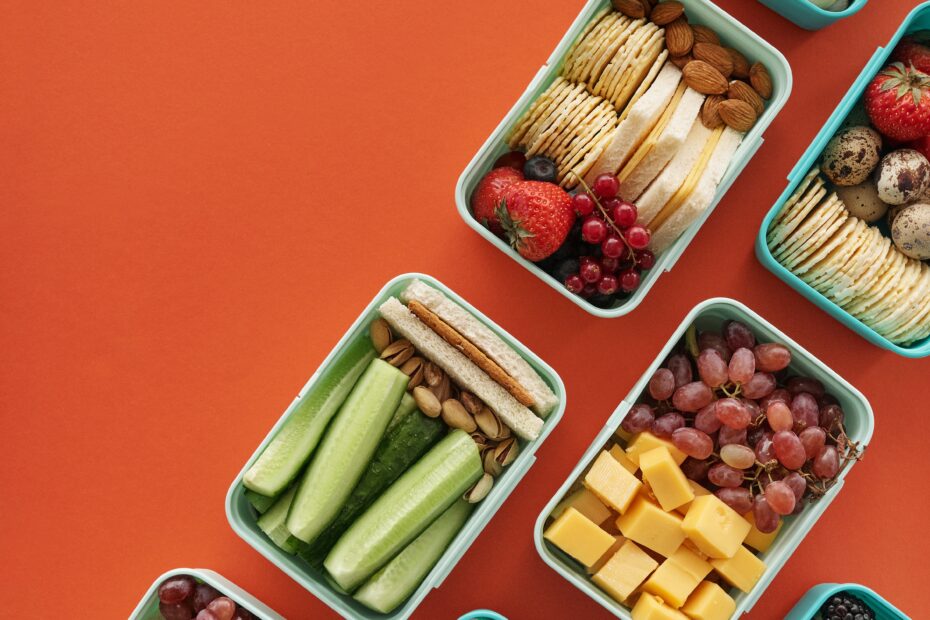Introduction
Cooking is an art that demands both creativity and technical abilities. For prospective cooks, becoming acquainted with key cooking procedures is a critical step toward culinary proficiency.
In this blog article, we will look at four key culinary methods that any new chef should be familiar with. These approaches will help you build a firm foundation and flourish in the kitchen.
Sautéing
Sautéing is a flexible cooking method that includes fast frying tiny bits of food in a shallow pan with a minimal quantity of fat over high heat. This method is ideal for novices since it is simple to learn and offers limitless possibilities. Begin by heating a pan with a thin coating of oil or butter over medium-high heat.
Grilling
By using the dry heat cooking technique of roasting, food is roasted in the oven until the outside is beautifully browned and the interior is tender. It’s an easy method that works well for many foods, such as fish, poultry, meats, and veggies.
The recommended temperature range for preheating an oven is 375°F (190°C) to 425°F (220°C). Transfer your food to a roasting pan or baking sheet, add oil, spices, and herbs, and then allow the heat to do its magic. As the meal roasts, its natural sugars caramelize, enhancing the flavors and creating a mouthwatering texture. Whether roasting a piece of fish, root vegetables, or an entire chicken, this method may elevate your cuisine to new heights.
Boiling
Boiling is a fundamental cooking technique that involves submerging food in a liquid and heating it until it reaches its boiling point. This method is commonly used for pasta, rice, vegetables, and soups. To boil effectively, bring a pot of water to a rolling boil, then add your ingredients.
It is essential to maintain a steady boil throughout the cooking process. Boiling allows for even cooking and can help retain the natural colors and nutrients of the food.
Remember to season the water with salt to enhance the flavors. Boiling times may vary depending on the ingredients, so keep a close eye on the texture and taste. With practice, you’ll master the art of perfectly cooked pasta, tender vegetables, and flavorful soups.
Braise
Braising is a slow cooking technique that produces foods that are tasty and tender by combining boiling and searing. Tougher pieces of meat and veggies benefit well from this method, which calls for slow, gentle cooking. To create a rich crust, sear the food in heated oil in a skillet before proceeding with the braise.
After that, move the seared items to a saucepan or Dutch oven, cover with liquid (stock, wine, or broth), and simmer for a long time on low heat. Braising softens the ingredients and enables the flavors to combine. Succulent, melt-in-your-mouth outcomes are achieved by breaking down strong connective fibers during low and slow cooking. Braising adds richness and complexity to a variety of recipes, including robust stews and traditional pot roasts.
Conclusion
Mastering these four essential cooking methods – sautéing, roasting, boiling, and braising – will provide you with a solid foundation in the kitchen. As you gain confidence and experience, you can build upon these techniques and explore a wide range of culinary possibilities. So grab your apron, sharpen your knives, and embark on your culinary journey with these fundamental cooking methods.
